Disclosure: This article contains affiliate links. We may earn a commission from purchases at no extra cost to you, which helps our travel content.
Standing at Fort Monroe's stone walls with my fingers tracing centuries-old mason work, I felt the weight of 400 years of American history beneath my fingertips. Hampton, Virginia isn't just another coastal town – it's where America's story began unfolding long before the Mayflower, where the first enslaved Africans arrived, and where humanity's journey to the stars took flight. As someone who's explored historical sites across five continents with my camera in hand, I was surprised by how deeply Hampton's layered narrative of resilience, innovation, and transformation resonated with me.
Fort Monroe: America's Largest Stone Fort and Freedom's Fortress
My exploration of Hampton began where much of American history did – at Fort Monroe, the imposing stone fortress that has witnessed four centuries of pivotal moments. Built between 1819 and 1834, this six-sided stone marvel remains the largest stone fort ever built in the United States, and walking its ramparts provides an immediate connection to America's complex past.
What struck me most wasn't just the impressive architecture but the fort's contradictory roles throughout history. During the Civil War, it became known as 'Freedom's Fortress' after Union General Benjamin Butler declared that enslaved people who reached the fort would be considered 'contraband of war' and not returned to slavery – a decision that offered freedom to thousands.
The Casemate Museum inside the fort walls provides an excellent chronological journey through this history. I spent nearly three hours examining artifacts, reading personal accounts, and watching my fellow visitors process the challenging aspects of our nation's past. The museum does an admirable job presenting multiple perspectives, making it particularly valuable for families wanting to engage children in meaningful conversations about American history.
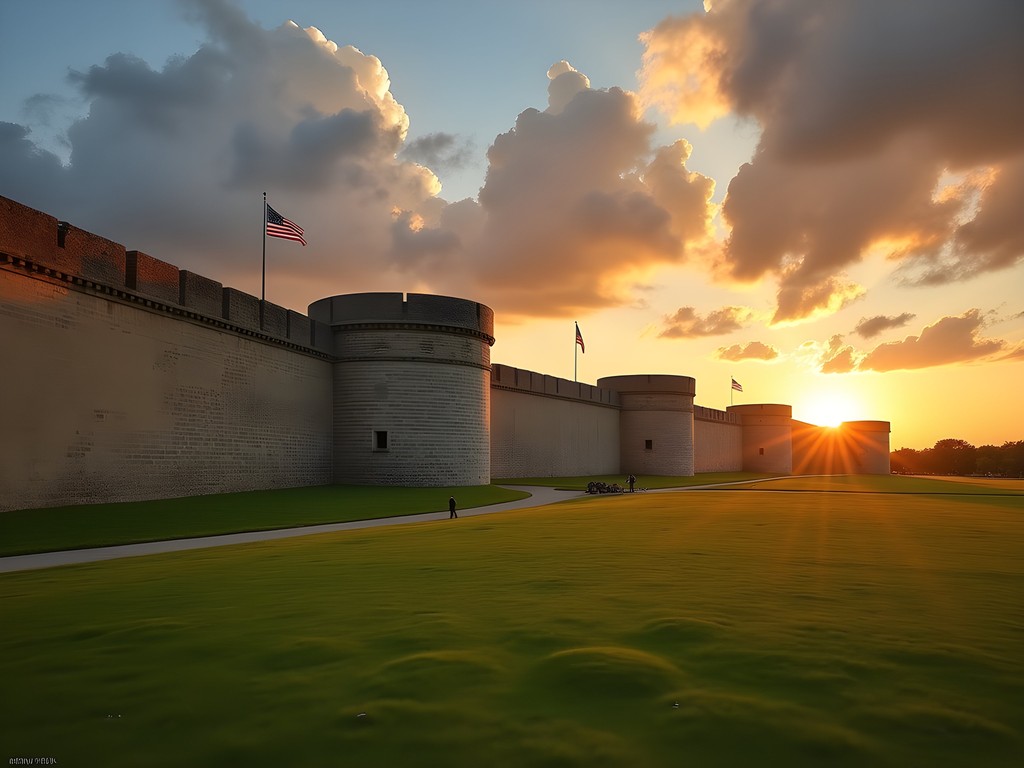
💡 Pro Tips
- Visit on weekdays to avoid weekend crowds, especially during fall when school groups are common
- Download the Fort Monroe walking tour app before arriving for enhanced exploration
- Wear comfortable shoes with good traction – the stone walkways can be slippery when wet
The 1619 Arrival & Commemorative Park: Confronting America's Original Sin
Just a short distance from Fort Monroe lies a site that fundamentally changed the course of American history: the landing place of the first enslaved Africans in English North America in 1619. The Tucker Family Cemetery and the nearby Fort Monroe Visitor Center tell this story with dignity and unflinching honesty.
The Commemoration Park creates space for reflection with its powerful 'Sankofa' bird sculpture – a West African symbol representing the importance of learning from the past. I found myself deeply moved standing before this monument, contemplating how this single arrival point rippled through four centuries of American experience.
For families visiting with children, this presents an opportunity for age-appropriate but honest conversations about difficult history. I watched parents thoughtfully engaging their curious children, answering questions with care. The visitor center provides excellent educational materials, and I picked up a children's history book that offers accessible entry points to these complex topics for young readers.
The park itself is beautifully maintained, with interpretive signs and peaceful walking paths. I spent a contemplative afternoon here, my camera capturing the interplay of light on the Chesapeake Bay waters that once carried ships bearing human cargo.

💡 Pro Tips
- Visit the Tucker Family Cemetery early in the day for a quiet, reflective experience
- Check the visitor center schedule for living history presentations which bring the stories to life
- Prepare children beforehand with age-appropriate context about slavery and its impact
Virginia Air & Space Science Center: Where NASA's Legacy Takes Flight
Hampton's historical significance doesn't end with colonial America – it extends straight into the Space Age through NASA Langley Research Center. The Virginia Air & Space Science Center downtown serves as NASA Langley's official visitor center, and it absolutely dazzled me with its collection of more than 30 historic aircraft and space exploration artifacts.
The centerpiece that had me staring in awe was the Apollo 12 Command Module – the actual spacecraft that carried astronauts to the moon and back in 1969. Standing before it, I marveled at how this relatively small capsule protected human lives through the harshest environment imaginable. The adjacent Mercury and Gemini program exhibits trace NASA's evolution from early space exploration to the moon landings.
For families, this museum is pure gold. The interactive exhibits engage children at all levels, from toddlers to teens. I watched wide-eyed kids controlling robotic rovers, experiencing simulated space launches, and building their own aircraft designs. One particularly clever family brought along a night sky guide to connect what they were learning in the museum with stargazing planned for later that evening.
Don't miss the IMAX theater showing space-themed documentaries on its massive screen. I splurged on the 'Space Explorer' package that included both museum admission and an IMAX showing – well worth the additional cost for the immersive experience.
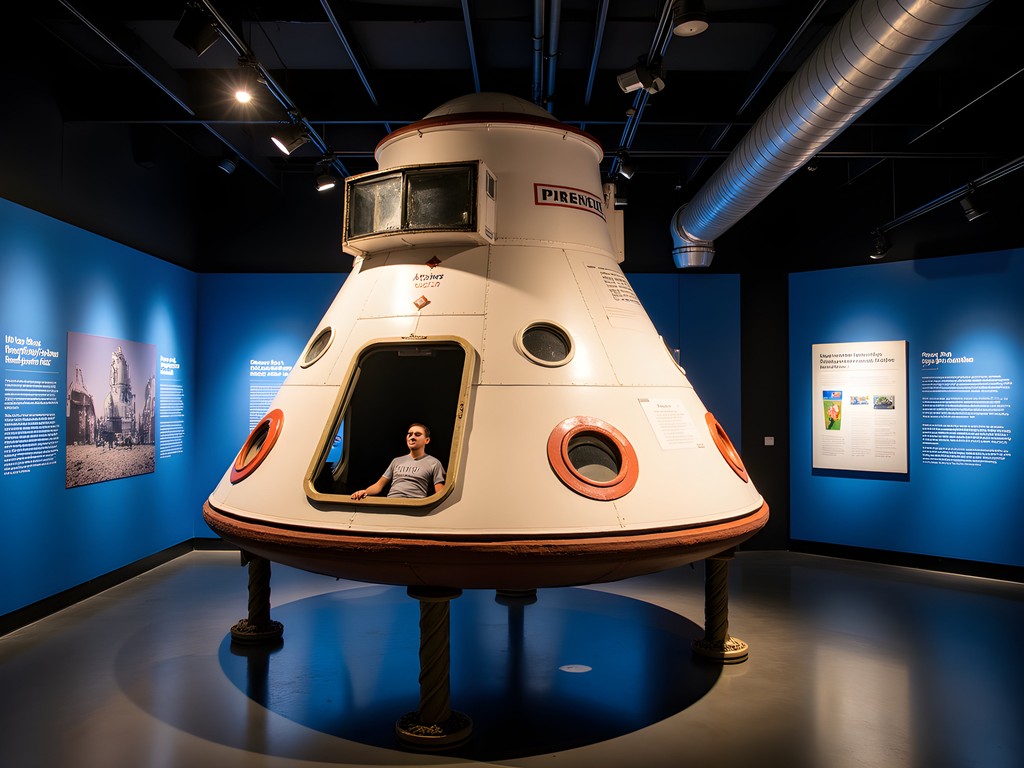
💡 Pro Tips
- Purchase tickets online in advance to avoid lines, especially during school holidays
- Plan at least 3 hours to fully experience the exhibits, more if including an IMAX showing
- Visit on Thursdays when retired NASA engineers often volunteer as docents, providing insider perspectives
Hampton History Museum: Four Centuries in a Day
To truly understand Hampton's remarkable journey from Native American settlement to space-age city, the Hampton History Museum provides the perfect chronological narrative. Located in downtown Hampton, this thoughtfully designed museum walks visitors through the region's evolution across 400 years.
What impressed me most was how the museum connects seemingly disparate historical threads – showing how colonial shipbuilding expertise evolved into modern aerospace engineering, or how the region's strategic military importance remained constant from the Revolutionary War through today's military installations.
The museum excels at bringing history to life through personal stories rather than just dates and events. The exhibit on the burning of Hampton during the War of 1812 features diary entries from residents who experienced the devastation firsthand. Similarly, the Civil War gallery examines the conflict from multiple perspectives – Union soldiers, Confederate residents, and formerly enslaved people seeking freedom.
For families with children, the museum offers excellent interactive history kits that can be checked out at the front desk. These themed exploration kits include reproduction artifacts, guided questions, and activities that keep young historians engaged throughout their visit. My friend's children particularly enjoyed the colonial clothing try-on station – a perfect photo opportunity!
The museum's gift shop deserves special mention for its thoughtfully curated selection of books, educational toys, and local artisan crafts. I couldn't resist purchasing a beautiful hand-thrown pottery mug made by a Hampton artist using traditional techniques.
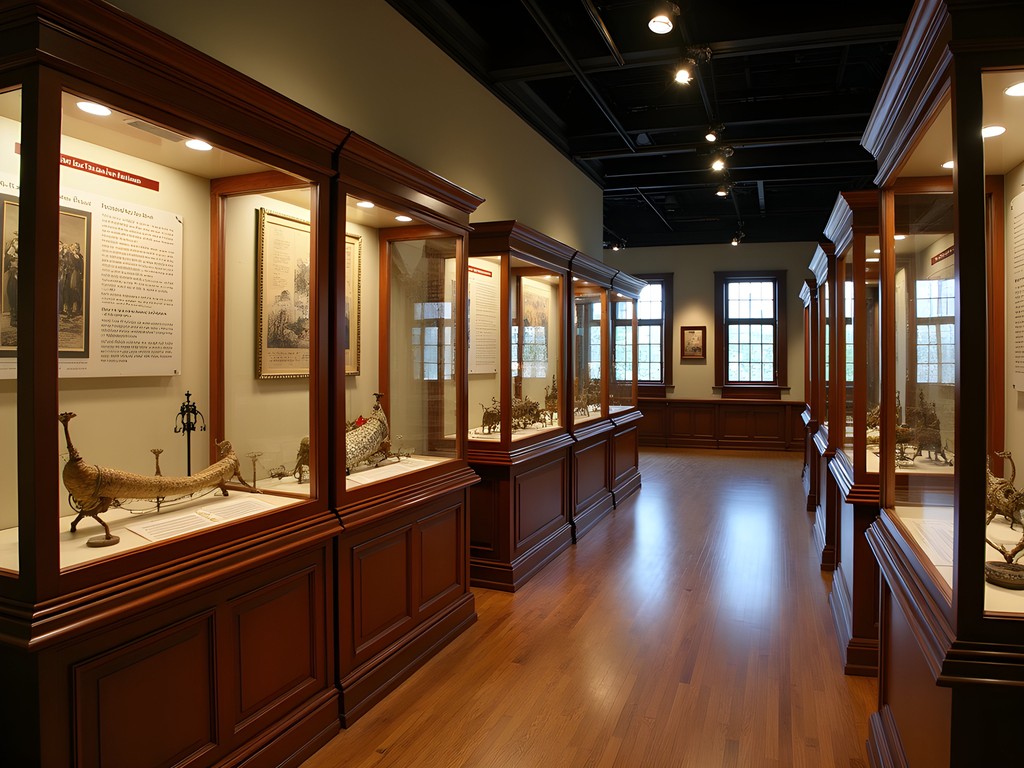
💡 Pro Tips
- Allow 2-3 hours to fully experience all galleries without rushing
- Check the museum calendar for monthly 'History Bites' lunchtime lectures by local historians
- Pick up the free architectural walking tour map at the front desk to continue your historical exploration outdoors
Culinary History: From Colonial Fare to Chesapeake Bay Bounty
No exploration of Hampton's history would be complete without experiencing its culinary heritage. The city's food scene tells the story of cultural convergence – African, European, and Native American influences that created a distinctive coastal Virginia cuisine.
I started my culinary journey at the Hampton Farmers Market (open Saturdays year-round), where local producers continue centuries-old agricultural traditions. The market's seafood vendors display the Chesapeake Bay's bounty just as they have for generations. I couldn't resist purchasing some local honey and handmade sea salt to bring home as edible souvenirs.
For a taste of colonial-inspired cuisine, I visited the historic Marker 20 restaurant in downtown Hampton. Their updated takes on traditional Tidewater dishes like crab cakes and Brunswick stew connect diners to the region's culinary past. For the full experience, I paired my meal with a locally brewed beer from Oozlefinch Craft Brewery, located on the grounds of Fort Monroe in a repurposed military building.
The absolute highlight was joining a culinary walking tour that combined historical storytelling with progressive dining across several downtown establishments. Our guide wove fascinating narratives about Hampton's maritime trading history between delicious tastings of she-crab soup, oysters, and other regional specialties.
For those wanting to recreate Hampton flavors at home, I recommend picking up a regional cookbook featuring traditional recipes adapted for modern kitchens. I've already made the spoon bread three times since returning home!
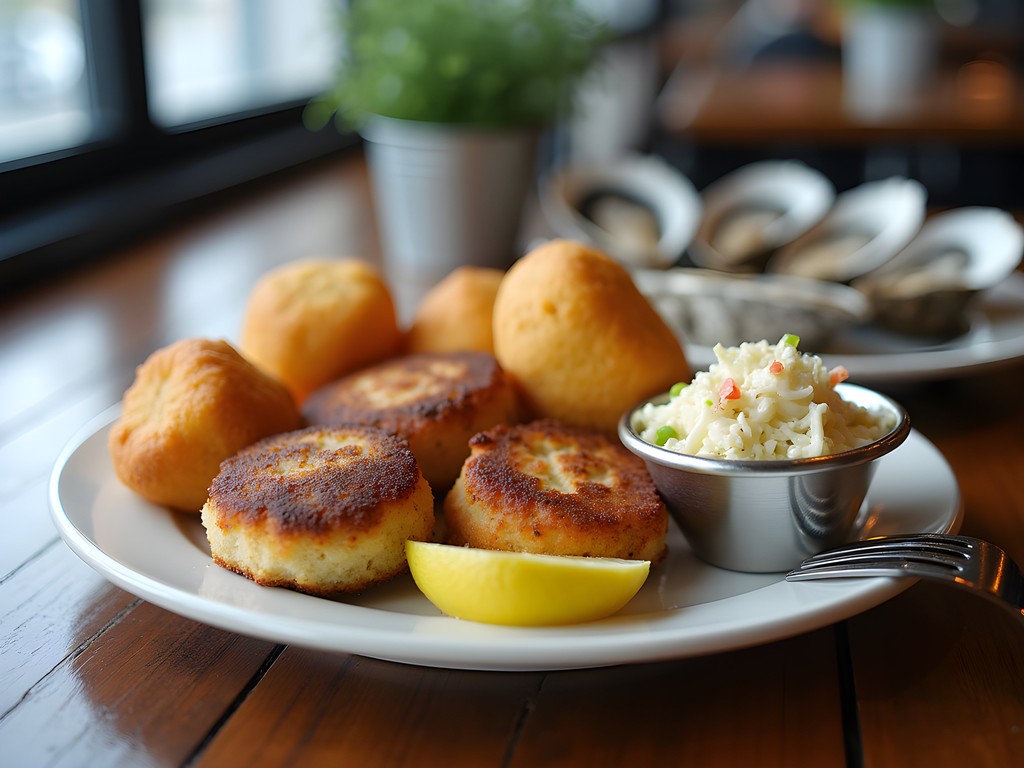
💡 Pro Tips
- Make restaurant reservations in advance during October's Bay Days Festival when seafood establishments fill quickly
- Ask for the 'local catch' at seafood restaurants – what's fresh from the bay is always best
- Visit Mellen Street Market for locally made food products perfect for gifts or souvenirs
Final Thoughts
As my week in Hampton drew to a close, I found myself standing at the water's edge, watching sailboats glide across the same harbor where ships have docked for four centuries. Hampton isn't just a destination for history buffs – it's a place where America's complex, challenging, and inspiring story unfolds in layers that families can explore together at their own pace and depth.
What makes Hampton special is how seamlessly it connects its colonial beginnings to its space-age innovations, creating a continuous narrative of American ingenuity, struggle, and progress. From the arrival of the first enslaved Africans to the engineering feats that sent humans to the moon, Hampton invites visitors to consider how our past shapes our present and future.
For families seeking meaningful travel experiences beyond typical tourist attractions, Hampton offers rich opportunities for conversations about history, science, culture, and community. My camera is filled with images of centuries-old fortifications and space capsules, of quiet memorial gardens and bustling museums – each telling part of America's ongoing story.
I came to Hampton seeking historical sites but discovered something more valuable: a deeper understanding of how small places can hold enormous significance in our collective journey. Whether you're tracing your fingers along ancient fort walls or watching your children's faces light up at space exploration exhibits, Hampton invites you to become part of its continuing story.
✨ Key Takeaways
- Hampton offers an exceptional concentration of historical sites spanning 400 years of American history in a compact, family-friendly area
- The city provides meaningful opportunities to discuss challenging aspects of American history, from slavery to civil rights, in educational contexts
- NASA's legacy in Hampton connects historical exploration to future innovation through engaging interactive exhibits
- Fall visits offer ideal weather, fewer crowds, and special harvest-themed historical programming
- Hampton's walkable downtown makes it possible to experience colonial history, maritime heritage, and space-age innovation without changing accommodations
📋 Practical Information
Best Time to Visit
Fall (September-November)
Budget Estimate
$150-200/day for family of four including accommodations, admissions, and meals
Recommended Duration
3-5 days
Difficulty Level
Easy

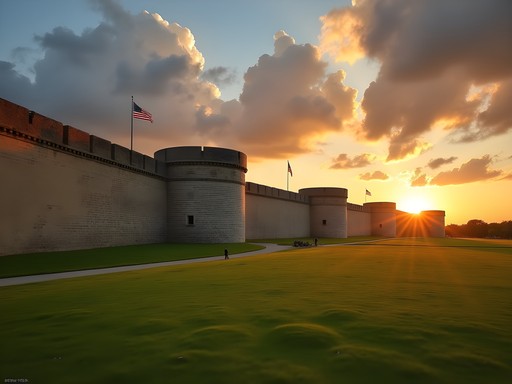

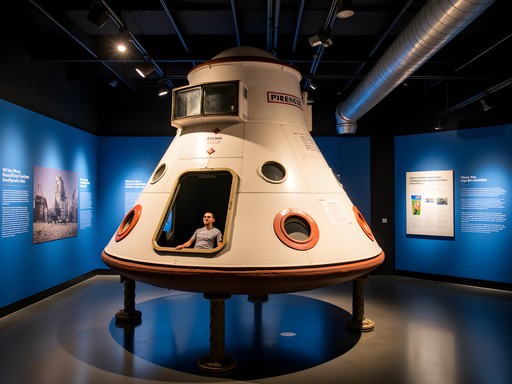

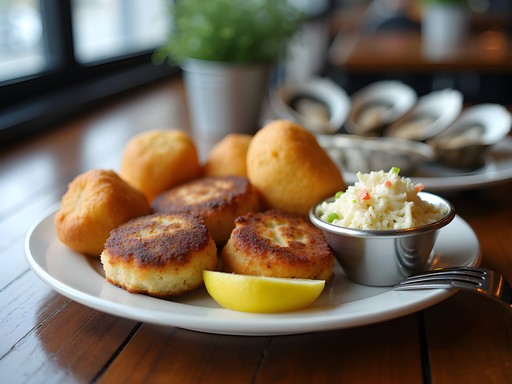










Comments
citynomad
Just got back from Hampton and your post is spot on! The 1619 memorial was so powerful. Wish we'd had another day to explore Fort Monroe more thoroughly.
Sophia Gomez
What a comprehensive guide to Hampton! I visited on a business trip last year and extended my stay specifically to explore the NASA connections. The Virginia Air & Space Science Center was incredible - seeing the Apollo 12 command module up close gave me goosebumps. I actually used my travel tripod to get some amazing low-light shots inside the museum. One tip for visitors: the guided tour at the Hampton History Museum really brings the exhibits to life and helps connect all the historical dots from colonial times to present day. Did you get a chance to try any seafood restaurants along the waterfront, Tiffany?
Tiffany Hicks
Yes! The seafood was amazing - I especially loved Surf Rider Restaurant right on the water. Fresh catches and beautiful sunset views!
adventurebuddy1573
Is there a good time of year to visit? Thinking about planning a trip that combines this with Williamsburg.
Sophia Gomez
I was there in May and the weather was perfect - not too hot yet for walking around Fort Monroe and other outdoor sites. Fall would be lovely too. And yes, it pairs perfectly with Williamsburg since they're only about 30 minutes apart!
redmood
Those stone walls at Fort Monroe look amazing in your photos! Adding Hampton to my bucket list!
Sage Dixon
I visited Hampton last spring and was blown away by how the city balances its colonial history with the space program legacy. Fort Monroe was definitely a highlight - standing where enslaved people first arrived and then later escaped to freedom during the Civil War was incredibly moving. I spent an entire day at the Virginia Air & Space Center and still didn't see everything! If you're visiting with kids, I highly recommend the hands-on exhibits there. Also worth checking out is the Emancipation Oak at Hampton University if you have time. Great post capturing the essence of this underrated destination, Tiffany!
waveexplorer
Great post! How much time would you recommend spending at Fort Monroe to really take it all in?
Tiffany Hicks
Thanks for asking! I'd say at least 2-3 hours for Fort Monroe if you want to explore the Casemate Museum and walk the grounds. Add another hour if you want to take in the beach views too!
waveexplorer
Perfect, thanks! Adding it to my itinerary for next month.
roamseeker
Great post! Is it easy to get around without a car? Planning a weekend trip soon.
moonwalker
We rented a car but saw plenty of buses. Fort Monroe might be tricky without one though.
Timothy Jenkins
I managed with a mix of rideshares and the Hampton Roads Transit. If you're staying downtown, the history museum and Air & Space Center are walkable. For Fort Monroe, there's Bus 118 but it's infrequent. I'd recommend picking up a local guide - it includes discounted rideshare codes for the major sites.
roamseeker
Thanks for the tips! Might just rent a car for the Fort Monroe day then.
moonwalker
Just got back from Hampton last week and your post captures it perfectly! Fort Monroe was definitely the highlight for us too. We spent a whole day exploring the fort and walking along the beaches nearby. The 1619 arrival site was so powerful - standing there thinking about what those first enslaved Africans must have experienced gave me chills. We also loved the Hampton History Museum, though we rushed through it a bit. If anyone's planning a trip, I'd recommend giving yourself at least 3-4 days to really take in all the historical sites without feeling rushed. We stayed near Phoebus and found some amazing little restaurants there too!
roamseeker
Any restaurant recommendations in Phoebus? Going there next month!
moonwalker
Definitely try Mango Mangeaux! Amazing food with Creole influences. And Fuller's Restaurant for breakfast - total local vibe and great prices. Bring a good pair of walking shoes too - we walked over 20,000 steps some days exploring everything!
Timothy Jenkins
Fantastic post, Tiffany! I visited Hampton last year and was similarly struck by how it seamlessly blends colonial history with space-age innovation. Fort Monroe was absolutely magnificent - the moat system and stone architecture reminded me of European fortifications, yet the American Civil War context gives it such a unique significance. Did you get a chance to take the Casemate Museum tour? Their exhibits on the 'Contraband Decision' were particularly moving. I found Hampton much more historically significant than I initially expected, especially considering its role in both early colonial history and the beginning of slavery in America. A truly thought-provoking destination.
moonwalker
Did you check out the Air & Space Center too? My kids went nuts for the Apollo 12 command module!
Timothy Jenkins
Absolutely! The Virginia Air & Space Center was brilliant. Those NASA connections run deep in Hampton - I learned that many of the calculations for early space missions were done right there. The hands-on exhibits were engaging even for adults. Your kids have good taste!
mountainguy2800
Just got back from Hampton last week and your post is SPOT ON! The 1619 memorial was so powerful. We spent all day at Fort Monroe and I couldn't stop taking photos of those massive stone walls. Brought my travel binoculars which were perfect for watching ships in the harbor from the fort walls. History buffs need to put this place on their bucket list!
Venture X
Premium card with 2X miles, $300 travel credit, Priority Pass